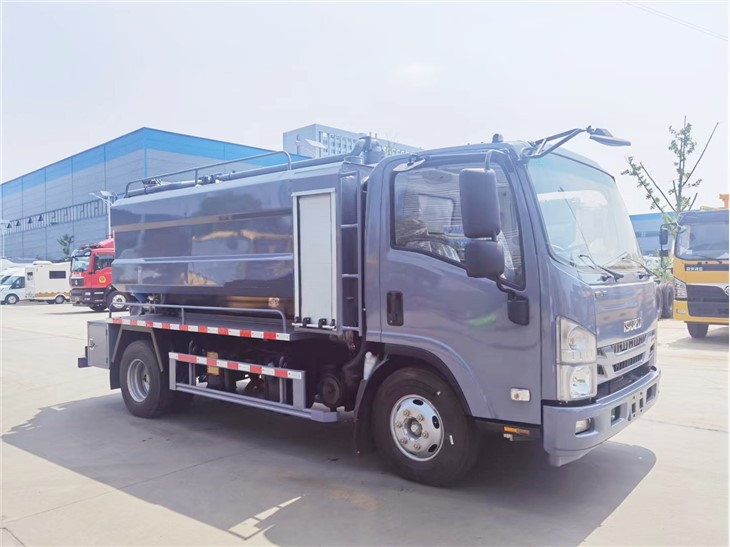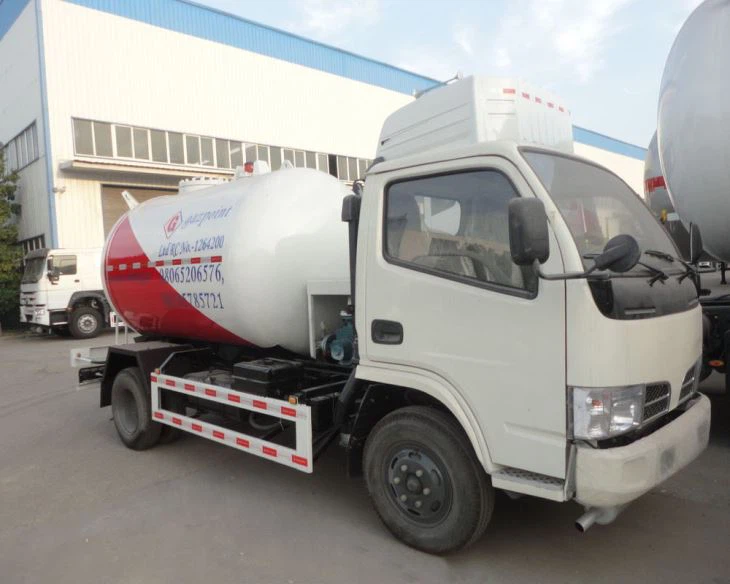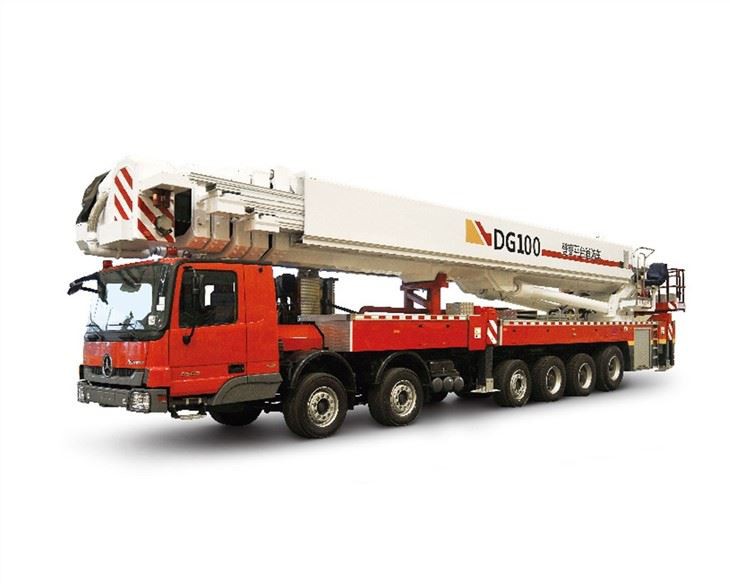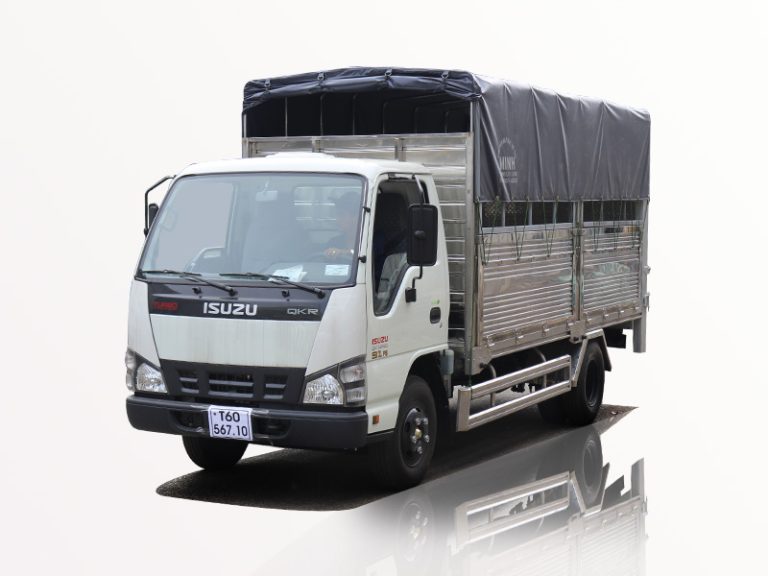When it comes to firefighting equipment, many people often confuse fire engines and fire trucks. While both play critical roles in emergency responses, they have distinct functions and features. This article will explore the comprehensive differences between fire engines and fire trucks, helping you understand their unique capabilities and importance in firefighting operations.
Understanding Fire Apparatus: An Overview
What is Fire Apparatus?
Fire apparatus refers to specially designed vehicles that aid firefighters in controlling and extinguishing fires. This broad category includes various types of vehicles, but the two most commonly referred to are fire engines and fire trucks. Understanding what each of these terms means is crucial to grasping the differences between them.
The Importance of Fire Apparatus in Firefighting
Fire apparatus are essential for emergency responders as they provide the necessary tools, equipment, and personnel to combat fires efficiently. With a good understanding of these vehicles, communities can be better equipped to respond to fire-related emergencies.
Fire Engine vs. Fire Truck: The Basics
Definition of Fire Engine
A fire engine, also known as a pumper, is a vehicle primarily designed to transport firefighters and equipment to the scene of a fire. It typically carries a water tank, hoses, and firefighting tools. Fire engines serve as the frontline responders to fires and other emergencies, delivering the first line of offense against flames.
Definition of Fire Truck
On the other hand, a fire truck is often referred to as a ladder truck. Its main purpose is to provide aerial support and facilitate access to high places where fires may occur. Fire trucks are equipped with extendable ladders, specialized rescue equipment, and tools for breaking through structures. They often accompany fire engines to provide additional support at the scene of a fire.
Key Differences Between Fire Engines and Fire Trucks
1. Primary Functions
| Feature | Fire Engine | Fire Truck |
|---|---|---|
| Primary Purpose | Extinguishing fires with water | Rescue and access to high areas |
| Water Supply | Contains a water tank and pump | Usually does not carry a water tank |
| Equipment Stored | Fire hoses, nozzles, firefighting gear | Ladders, rescue equipment, tools for forced entry |
2. Design and Structure
Fire engines are usually short and compact, equipped with a built-in water tank and pumping system. They often have a streamlined design to facilitate easy maneuverability in various environments. Fire trucks are larger, featuring a significant length due to the extended ladder mechanism and additional equipment storage spaces.
3. Common Uses
Fire engines are commonly used in residential fires, vehicle fires, and many other emergencies requiring immediate fire suppression. Fire trucks come into play during situations where access to upper floors or rescues from heights (such as high-rise buildings) is necessary.
4. Firefighter Deployment
When firefighters arrive on a scene, those on the fire engine are typically responsible for controlling and extinguishing the fire initially. Firefighters in the truck often take on rescue operations or ensure safe access for those combating the flames.
5. Equipment Capabilities
Fire engines house various firefighting tools like hoses, ladders (albeit smaller), and thermal imaging cameras, while fire trucks have an array of rescue tools, including high-reaching ladders, aerial platforms, and rescue ropes.
6. Vehicle Specifications
Fire engines generally have a smaller engine capacity than fire trucks since their primary function does not involve carrying heavy loads for extended periods. Fire trucks require a more powerful engine to support their weight and the added equipment they bear.
Practical Examples of Fire Engine and Truck Deployment
Fire Engine in Action
Consider a residential home engulfed in flames. Fire engines arrive first, deploying hoses to control the fire. They may set up a water supply from nearby hydrants, enabling continuous water flow while firefighters work to extinguish the blaze.
Fire Truck in Action
Now think of a multi-story office building where a fire has broken out on the top floor. A fire truck will arrive to extend its aerial ladder, allowing firefighters to access the upper levels. Their role will be to conduct search and rescue operations, helping individuals trapped inside.
Additional Features to Distinguish Fire Apparatus
Communication Systems
Modern fire engines and trucks come equipped with advanced communication systems, allowing seamless coordination between units at the scene of an emergency. This cooperation is vital for effective incident management.
Safety Features
Both fire engines and fire trucks include various safety features such as emergency lights, sirens, and reflective tape to ensure visibility during operations. Firefighters are often known to work in hazardous and chaotic environments, and these features help ensure everyone’s safety.
Impact of Technology on Firefighting Equipment
Advancements in Fire Engine Design
The design of fire engines has evolved with technology, incorporating features such as thermal imaging cameras, which allow firefighters to see through smoke, and GPS systems, which help navigate to the incident scene quickly.
Advancements in Fire Truck Design
Fire trucks benefit from advanced ladder designs that can extend higher and twist at different angles, allowing for better maneuverability in tight urban spaces. Additionally, some models come equipped with drone technology to assess situations from a bird’s eye view before deploying personnel.
Tips for Community Fire Preparedness
Understanding Local Fire Services
Familiarize yourself with your local fire department’s capabilities. Knowing whether they operate fire engines, trucks, or both can help you understand their response in emergencies.
Emergency Plans
Have an emergency plan in place that includes evacuation routes and a designated meeting area. This preparation ensures that all family members know what to do in case of a fire.
Fire Safety Education
Participate in community programs that educate residents on fire safety and prevention. Schools and organizations often host events that showcase firefighting equipment, increasing awareness about the roles of fire engines and trucks.
Frequently Asked Questions (FAQs)
What is the main difference between a fire engine and a fire truck?
The primary difference is that a fire engine is designed to transport water and firefighting equipment to extinguish fires, while a fire truck provides aerial support and access to high places for rescue operations.
Which one arrives first at a fire scene, fire engine or fire truck?
Typically, fire engines arrive first to rapidly engage and suppress the fire, while fire trucks follow closely behind to assist with rescue and support operations.
Do fire trucks carry water?
Generally, fire trucks do not carry water; they mainly have ladders and rescue tools. In contrast, fire engines are equipped with water tanks and pumps.
Can a fire truck extinguish fires?
While fire trucks are not designed for fire suppression, they can assist in certain situations by using handheld hoses, but their primary role is to support fire engine operations.
Are ladders used in fire engines?
Fire engines do carry smaller ladders, but they are not equipped with the same extensive ladder systems found on fire trucks. Fire engines focus on carrying firefighting gear instead.
How can I get involved with my local fire department?
You can volunteer, attend community programs, and participate in fire safety events organized by the fire department. Many departments welcome community support in various forms.



